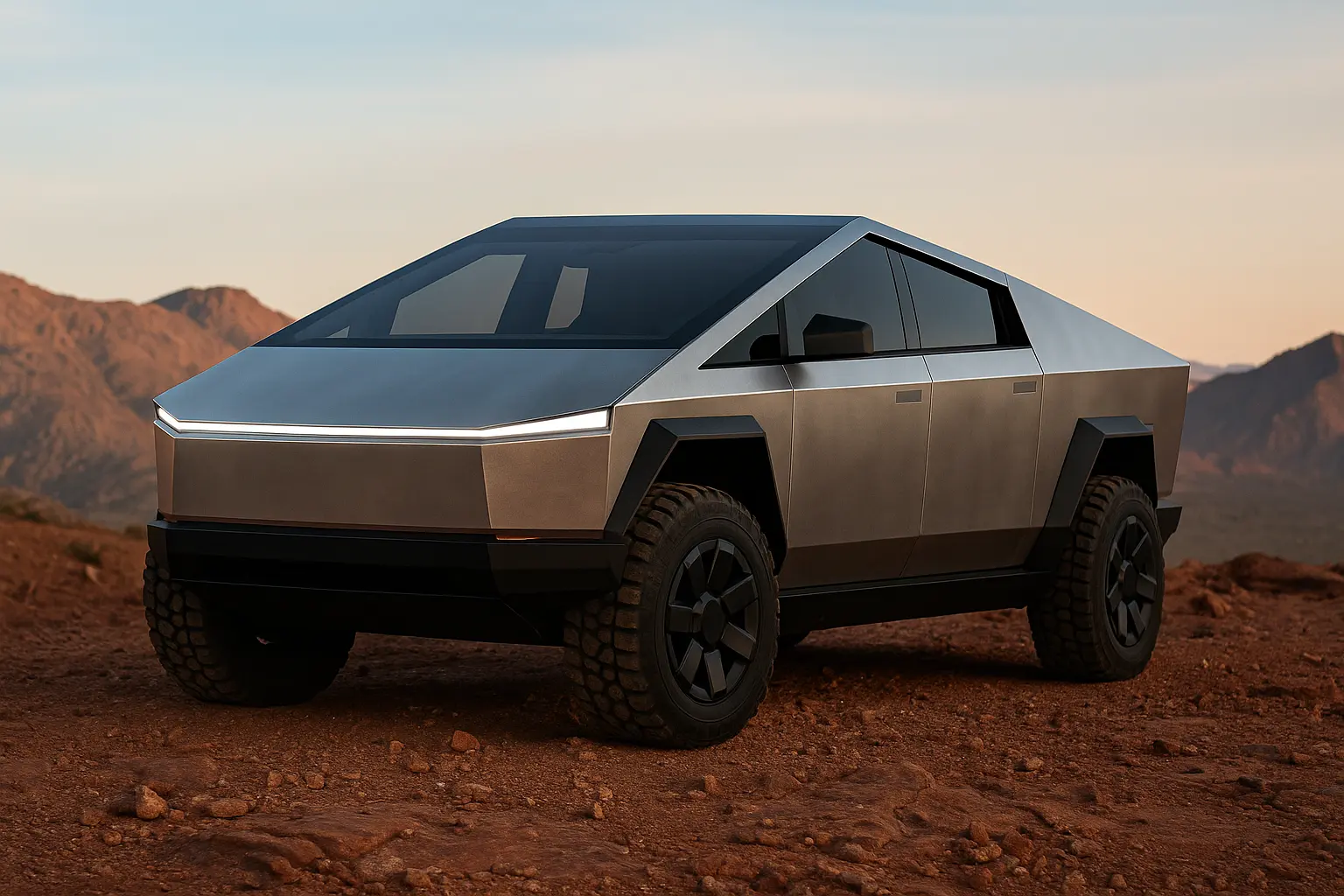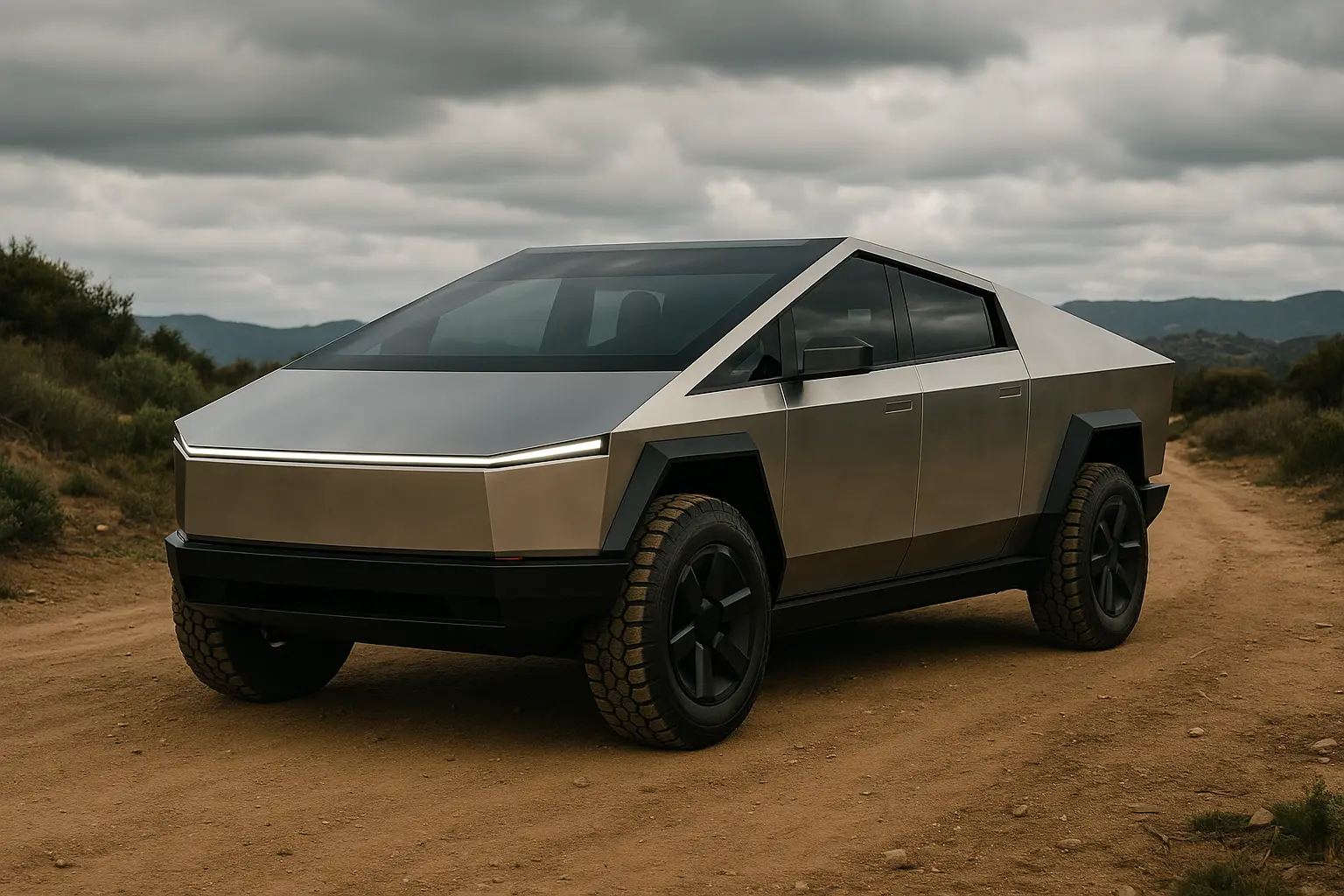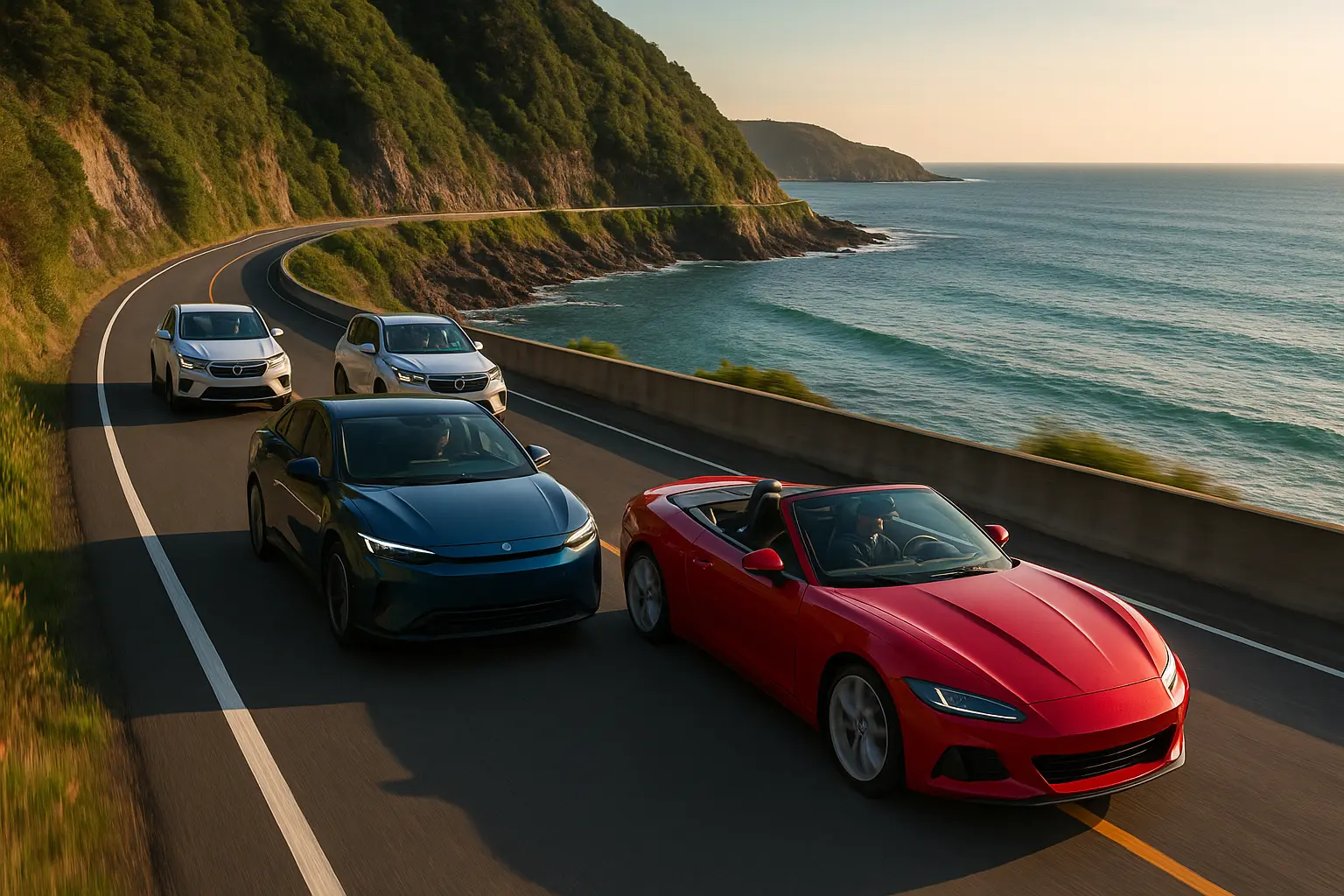The Tesla Cybertruck has been one of the most talked-about vehicles in automotive history. First unveiled in 2019, it turned heads with its sharp-edged, sci-fi design and promises of groundbreaking performance. Now, in 2025, Australians are still asking the same question: When will it finally land here?
In this in-depth guide, we’ll break down everything you need to know about the Cybertruck’s journey to Australia — from its global rollout timeline and expected release dates to local market challenges, pricing speculation, performance features, and how it could reshape the country’s competitive ute market.

The Cybertruck’s Long Road to Reality
Tesla’s path from unveiling to production has been anything but smooth. Initial timelines hinted at a 2021 release, but global supply chain disruptions, battery production challenges, and design refinements delayed the rollout.
By late 2023, Tesla finally began delivering the first units in the United States. These early deliveries were mostly to reservation holders who had been waiting years. The production ramp-up, however, was gradual, with Tesla focusing on refining manufacturing processes at its Texas Gigafactory.
For Australians, the wait has been even longer — not just due to production delays, but also because right-hand-drive (RHD) versions take additional time to develop and test for compliance with Australian Design Rules (ADRs).
When Will It Arrive in Australia?
While Tesla has not given a firm date, industry insiders and EV analysts suggest the earliest Australian deliveries could begin in late 2025 or early 2026.
This timeline considers:
- RHD Production Schedule – Tesla will need to configure Cybertruck manufacturing lines to produce right-hand-drive models. Historically, RHD markets like Australia, New Zealand, and the UK receive deliveries months to years after US launches.
- Compliance Testing – Meeting Australia’s ADR requirements involves crash safety tests, lighting regulations, and even bumper height adjustments for pedestrian safety.
- Local Demand Forecasting – Tesla will weigh the market size against production capacity to determine how quickly Australian orders can be fulfilled.
Why the Delay Matters to Australians
The ute market is a major part of Australia’s automotive landscape, with models like the Toyota Hilux, Ford Ranger, and Isuzu D-MAX dominating sales. The Cybertruck represents a completely different proposition — an all-electric workhorse with futuristic tech.
Every delay gives competitors more time to bring their own electric utes to market. Rivals like Ford’s F-150 Lightning, the LDV eT60, and upcoming models from Toyota and BYD could gain a foothold before Tesla even arrives.
Expected Pricing in Australia
Pricing for the Cybertruck in Australia is still speculative. In the US, the starting price for the base model has shifted from the initially promised USD $39,900 to a higher figure due to inflation and material costs.
Taking into account shipping, import duties, GST, and luxury car tax for certain variants, Australian pricing could range between AUD $110,000 and $160,000 depending on the model and features.
Tesla’s pricing strategy here will be crucial. Too high, and it risks alienating tradies and fleet buyers. Competitive pricing, however, could see it dominate the electric ute niche.
Performance & Specifications – A Closer Look
Tesla has designed the Cybertruck not just to look different, but to outperform most utes on the road. Key expected specs for the 2025 model include:
- Powertrain Options – Dual and tri-motor AWD configurations
- Range – Between 400 km and 800 km depending on variant
- Towing Capacity – Up to 6,350 kg for the top-tier models
- Payload – Around 1,590 kg
- Acceleration – 0-100 km/h in as little as 2.9 seconds (tri-motor)
The truck’s stainless steel exoskeleton offers extreme durability, and its adaptive air suspension allows for adjustable ride height — perfect for Australian off-road conditions.
Technology & Interior Features
Inside, the Cybertruck carries Tesla’s minimalist design philosophy, featuring:
- A massive central touchscreen running Tesla’s latest infotainment software
- Wireless software updates for new features and performance tweaks
- Premium audio and climate systems
- Autopilot and Full Self-Driving (FSD) capability (where legally approved)
The cabin is expected to seat up to six adults comfortably, with versatile storage options and a spacious frunk (front trunk) for additional cargo.
Off-Road Capability in Australian Conditions
Australia’s rugged terrain demands real off-road capability. The Cybertruck’s adaptive suspension, powerful motors, and instant torque delivery give it an edge over traditional diesel utes in certain scenarios.
Features like a wading depth of over 800 mm, 35-inch all-terrain tyres, and skid plates make it a serious contender for remote touring. The flat underbody design also improves ground clearance and reduces snag risks when traversing rocky tracks.
Charging Infrastructure – Is Australia Ready?
One of the biggest questions for potential Cybertruck buyers is charging access. Tesla’s expanding Supercharger network is a big advantage, with new V4 stations promising faster charging speeds.
However, for regional areas where utes are popular, access to charging will be critical. Many owners may need to rely on home chargers or third-party networks like Chargefox and Evie for long-distance travel.
Impact on the Australian Ute Market
The Cybertruck’s arrival could disrupt Australia’s long-standing ute hierarchy. If Tesla delivers on performance, range, and durability while maintaining competitive pricing, it could pull market share from both diesel and petrol competitors.
Fleet buyers, mining companies, and government agencies may be early adopters, especially as sustainability targets tighten.
Potential Challenges for Tesla in Australia
While the Cybertruck offers cutting-edge innovation, Tesla faces hurdles:
- High Initial Pricing – Could deter tradies who prioritise cost-effectiveness.
- Charging Gaps in Remote Areas – A challenge for rural and outback customers.
- Unknown Long-Term Durability – Australian heat, dust, and road conditions are tough on vehicles.
- Regulatory Delays – ADR compliance and safety assessments can be time-consuming.
Reservations and How to Order
Australians can already place a refundable deposit for the Cybertruck on Tesla’s website. Reservation holders will receive updates on production timelines and delivery estimates. As production ramps, Tesla will invite customers to finalise configurations and confirm orders.
The Verdict – Is It Worth the Wait?
For those seeking a blend of futuristic design, raw power, and zero-emissions capability, the Cybertruck could be worth the patience. It’s not just another electric vehicle — it’s a statement piece that could redefine what a ute can be in Australia.
Whether it becomes a common sight on job sites or remains a niche vehicle for enthusiasts will depend on how Tesla navigates pricing, production, and the unique demands of our market.
Leave a comment
Your email address will not be published. Required fields are marked *




















